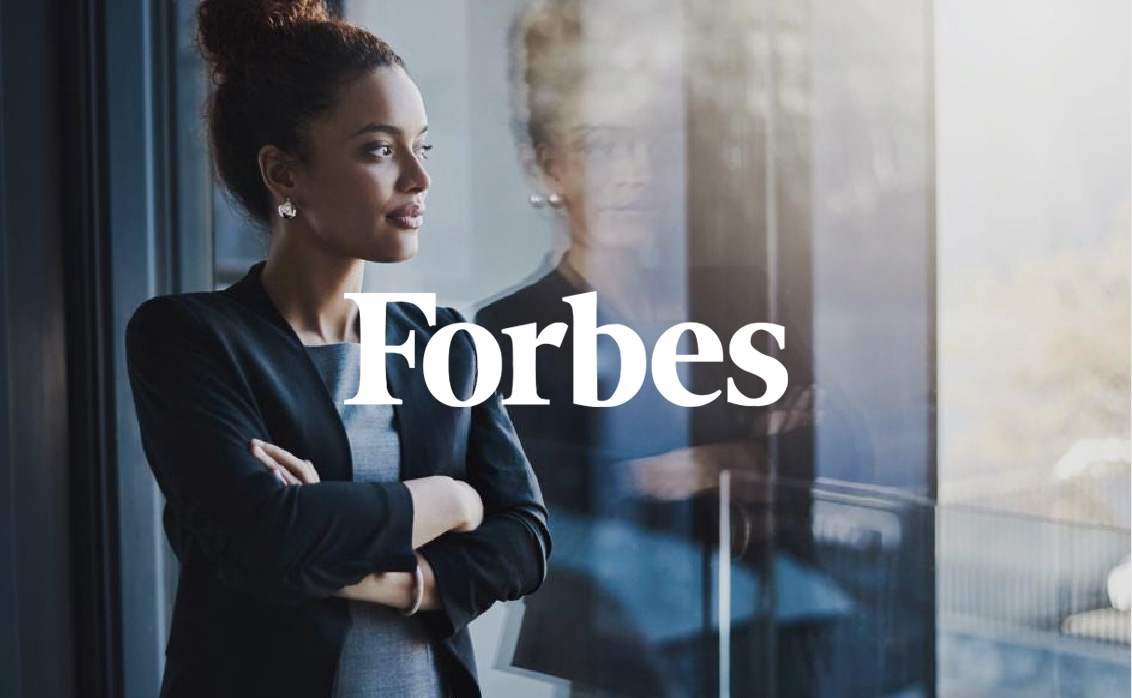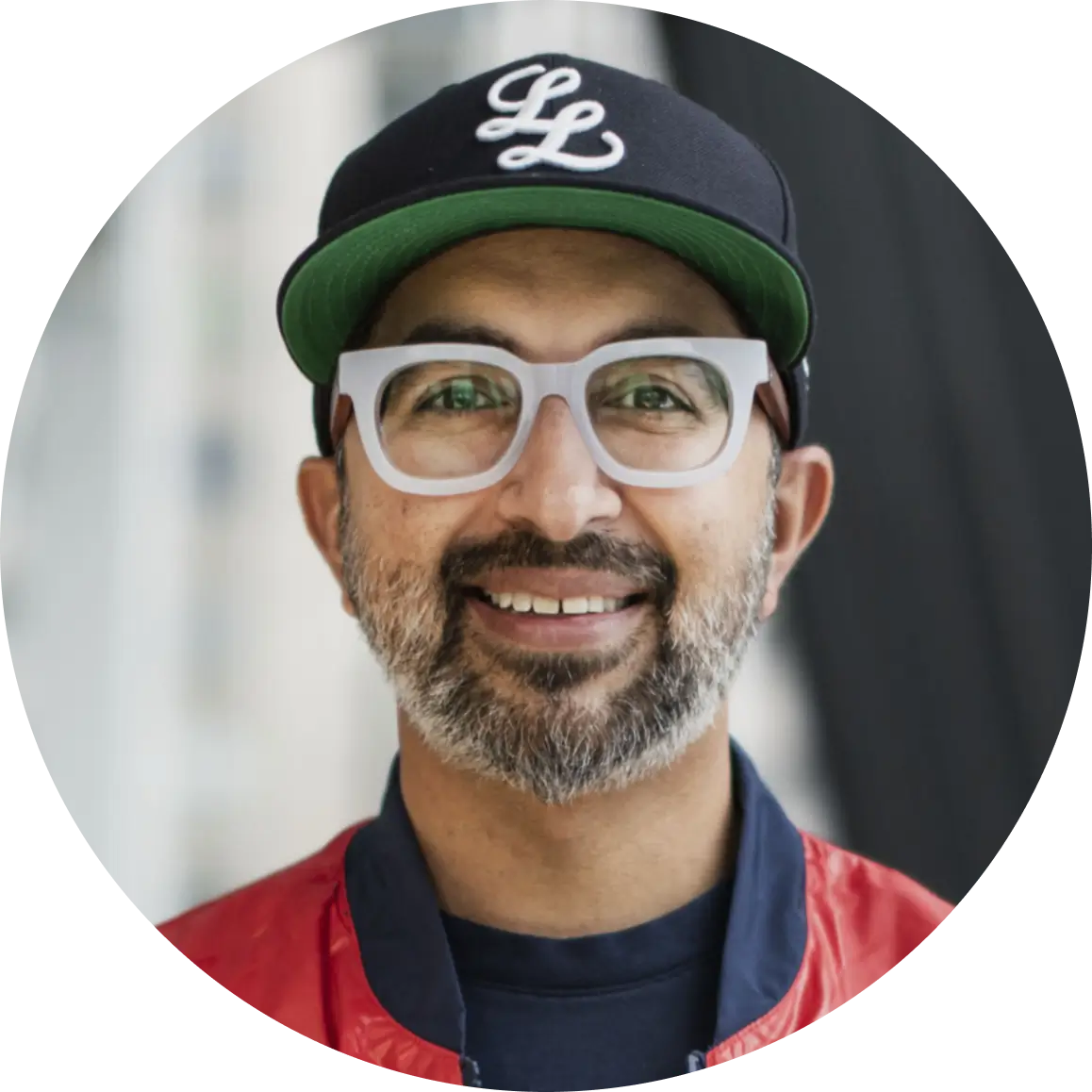This post was originally featured on Forbes.
Thinking Like A Challenger Isn’t Just For Startups
When you think of Challenger Brands, you’d be forgiven for associating them with scrappy startups and companies so small that agility doesn’t come with compromise. Because the essence of being a Challenger is often associated with the underdog and overtaking market leaders with smart strategy, it’s easy to align their characteristics with rising stars.
While that can be true in a number of cases, it can be wrong in just as many. Rather than being defined by size, being a Challenger is defined by mindset and a desire to upend the status quo. Challengers are brave in speaking out against wrongs and unflinching when making the most of their unfair advantage. In my experiences with applying a Challenger mindset, I’ve found companies are often able to go beyond expectations and impact the business model itself.
For example, let’s look at Airbnb. With 5.6 million listings in 100,000 cities as of September 2020 and $110 billion earned by hosts as of October 2020, the Airbnb journey is impressive. But they’re also far from a startup.
By mobilizing a community of independent hosts and introducing a new revenue stream for them, the company disrupted and continues to disrupt the hospitality industry. Airbnb challenged the notion that accommodations needed to be located in city centers, predictable in format and often devoid of personality by inviting hosts and homeowners to innovate and show their care and love for their neighborhoods through attention to detail and welcoming amenities.
Organizations like Netflix, moving from physical DVD rentals to become a leader of the streaming market, and LEGO, taking to innovative digital marketing, impressive licensing and branded content and strong partnerships with organizations in education to fuel growth, are similar. They’re large and corporate, but they have applied a Challenger mindset to redefine their sector.
The commonality with all of these corporate success stories is mindset — their willingness to challenge norms, expectations and often themselves. Especially now, when 93% of employees believe companies must lead with purpose, and 88% believe companies need to go beyond just making money to positively impact society, being a Challenger has never been more important.
A Challenger mindset needs to start internally. How can you discuss sustainability with your consumers if you’re not evaluating and optimizing your internal operations? How can you join the fight against prejudice if you’re not championing inclusivity and asking the tough questions within your own team? How can you challenge your competitors if you are not challenging yourself?
For brands to fully embrace Challenger thinking and encourage employees to do the same, I suggest an intervention that forces teams to consider an alternate point of view. There are a number of ways you can do this:
Stage an internal debate. Assign teams to defend an opposing view about your business, such as debating whether the company’s future lies in software rather than hardware.
Run a war games event. Establish a skunk works team to mount a real or fictitious counterattack on your lead revenue streams or explore an entirely different way of addressing your customers pain point, such as with alternative pricing models. Identify what they find and analyze how you’ll solve for it.
Ritualize innovation. Encourage individuals and teams to allocate 20% of their time to work on an innovation that drives revenue, reduces cost, delights the consumer or shores up a vulnerability. Regularly showcase and reward the lessons learned and the innovations that are born as a result.
Run a hackathon. Dedicate a certain number of days for teams to assemble and dedicate all their time to bringing a new idea to fruition. For businesses that want to focus those efforts even further, identify a single issue or number of issues that you believe are existential threats to your business, and focus your teams on addressing them. Alternatively, take on the position of new and established competitors and imagine the strategies they might use to steal precious market share from you.
Regardless of the methodology, it’s amazing what can happen when individuals are forced to not just take a different point of view, but defend it with passion. Do so, and you may be rewarded with an awareness of your brand’s vulnerabilities, which can put you in a better position to defend them.
In 2018, McKinsey & Company notably reported that “In 1935, the life expectancy of an S&P 500 company was 90 years. By 2010, it was 14 years and studies show that it’s getting even shorter.” While the report was published to encourage agility, in 2021 it should stand as a stark reminder that corporations need to think like Challengers.
Take a moment to consider the brands we’ve lost that you presumed would be around forever. Think about why they’ve fallen from their mantle, whether they questioned their own assumptions as a Challenger and what you can challenge in your own business to ensure you’re ready for what’s to come.



